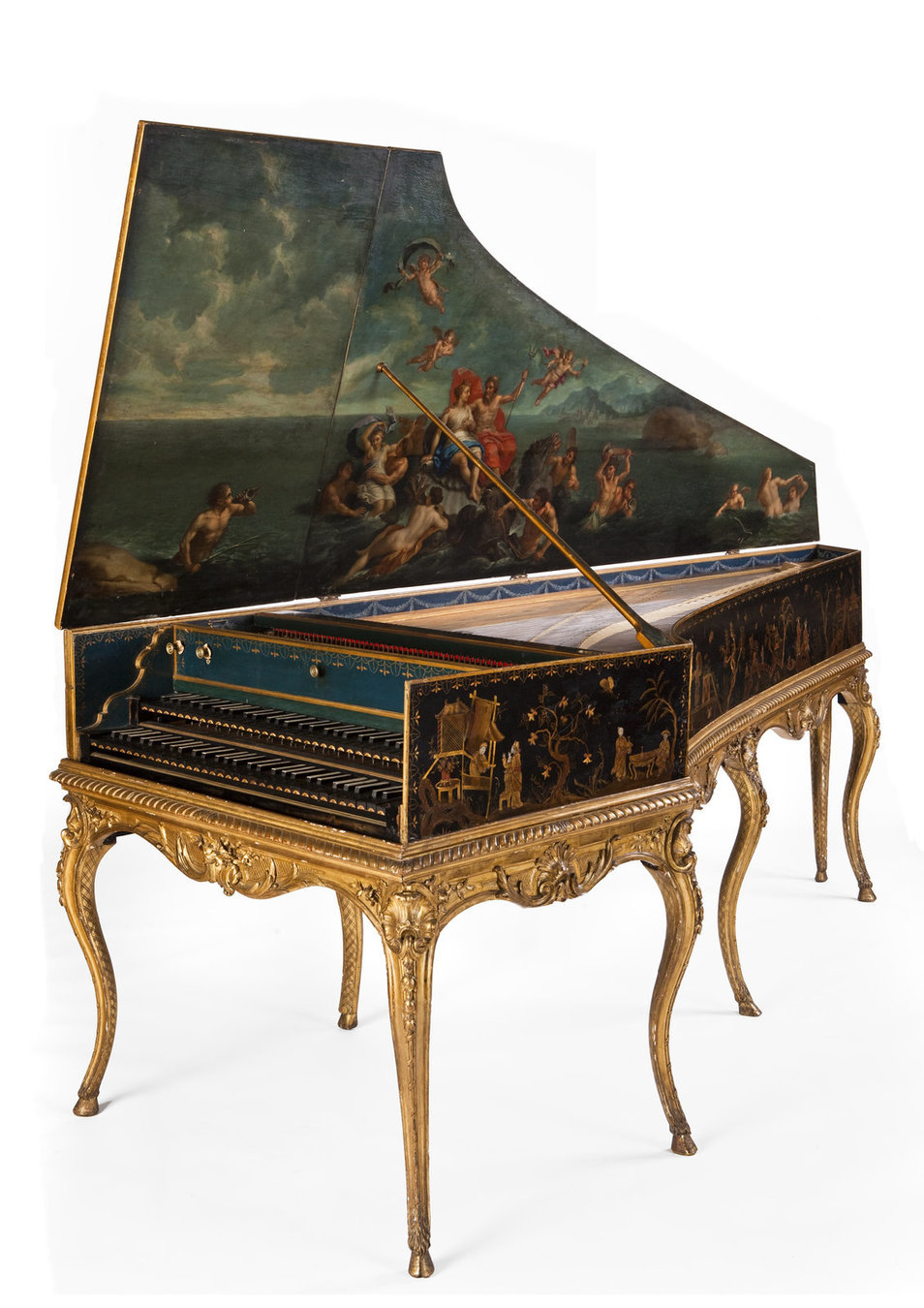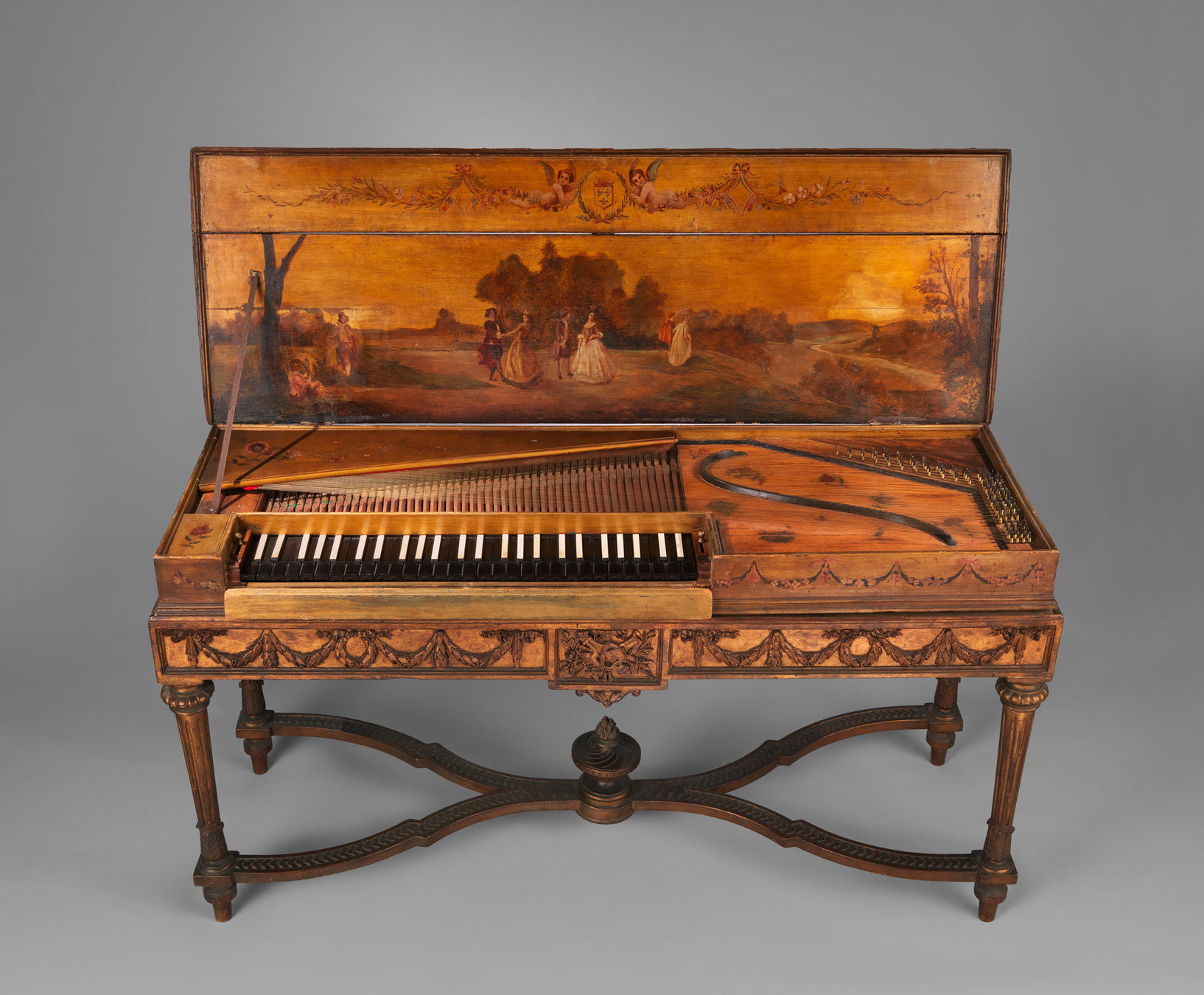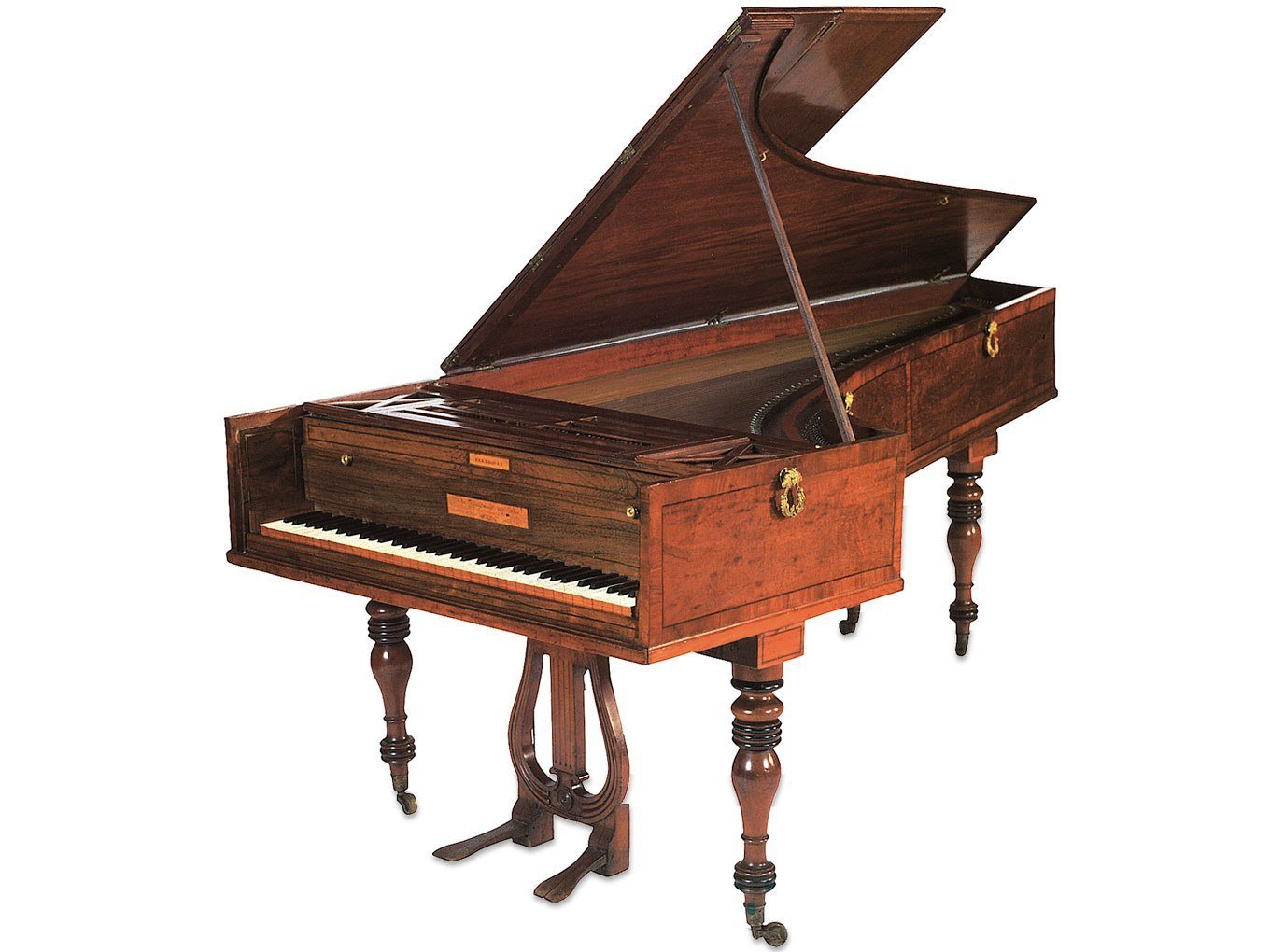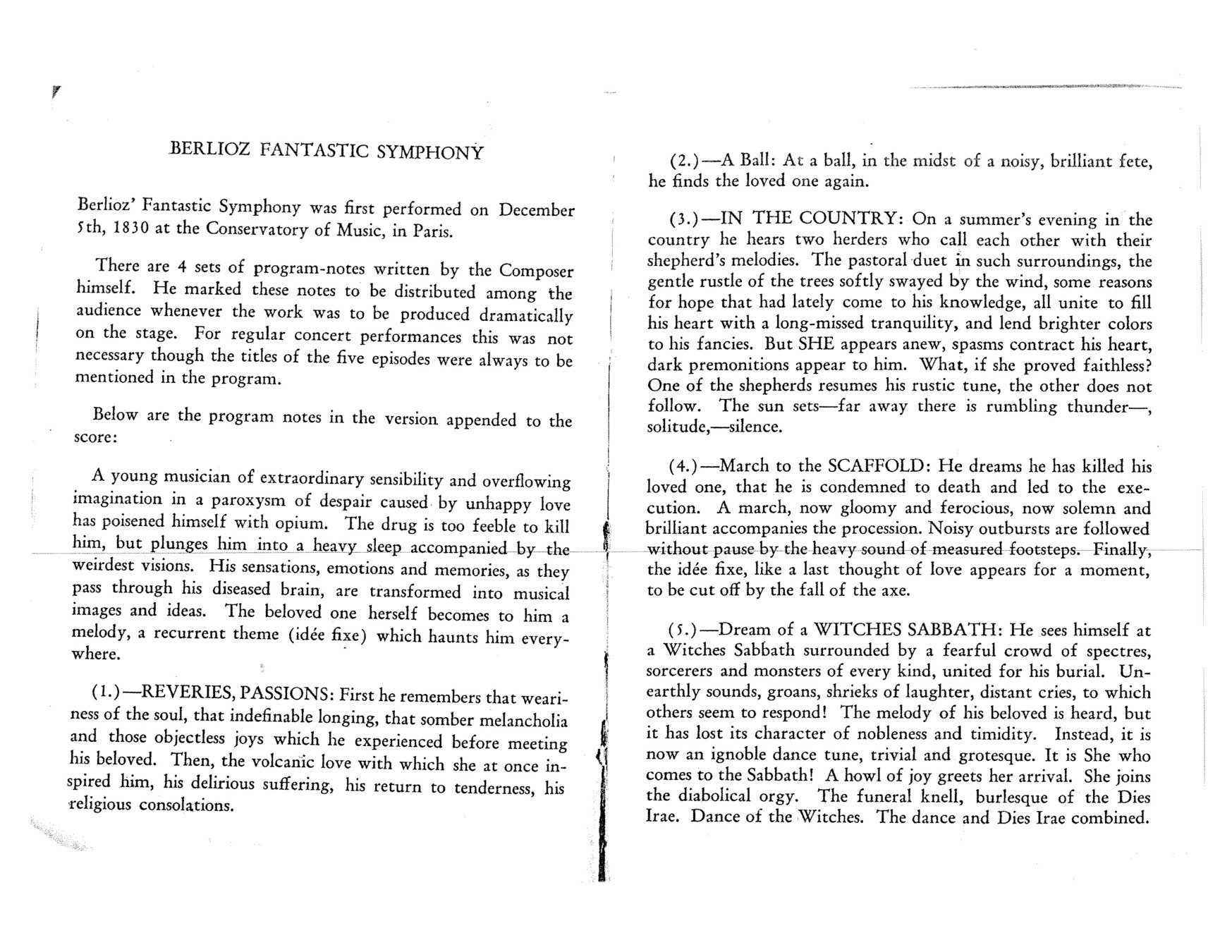TRACING WESTERN MUSIC: 1600–1900
The Tonal Music System
- Use of functional harmony to move the listener through the piece and establish relationships (I - IV - V - I);
- Counterpoint: Melodic lines that retain their individual identity, but also work together;
- Tension and resolution through the use of dissonance and consonance.
The basic periods in the development of this music can be seen as:
- Baroque, 1600-1750
- Classical, 1750-1810
- Romantic, 1810-1900
Baroque
1600–1750

Johann Sebastian Bach (1685–1750)
Johann Sebastian Bach (1685–1750)
Johann Sebastian Bach (1685–1750)
Other Composers:
George Fredrich Handel
Antonio Vivaldi
- Equal-temperament becomes the standard tuning for modern Western music (Bach's Well Tempered Klavier)
- Much sacred music associated with church services & Christian holidays
- Also music for political and social occasions and dance– but these were often also connected with the church
- Highly complex counterpoint and ornamental
- Improvisation played a key role
Harpsichord

The Baroque Orchestra

Classical
1750–1810

Joseph Haydn (1732–1809)

Wolfgang Mozart (1756–1791)
- Focus on clarity of form and structure, less ornate counterpoint
- The "Age of Enlightenment" emphasized reason, common sense, self-governance; In contrast to Baroque theocracy & aristocracy
- Music should present itself to be clearly understood & appreciated by all, not just those in religious positions.
- ...But social class hierarchies were still dominant
- Orchestras getting larger (20-40 players)
- Pieces getting longer
- Compositional forms evolving (symphony, sonata, concerto, string quartet)
- First music theory book: Treatise on Harmony, by Rameau (1722)
The Tonal Music System Develops Further
Clavichord

The Classical Orchestra

Ludwig van Beethoven (1770–1827)

Classical


Romantic
Romantic
1810–1900

Franz Liszt (1811–1886)

Hector Berlioz (1803–1869)
- Other composers: Chopin, Brahms, Wagner, Mahler
- Music as primarily emotional communication, composer as "artisté"
- Dramatic, natural, and supernatural themes (conflict, nature, dreams, magic, drugs)
- Inspiration from the glorified past
- Less connection to the church than ever before
- Huge orchestras, extremely long & ambitious works
- Virtuoso performers as rock-stars
- Close connection with other art forms, especially literary work (poem settings, program music)
Pianoforté

The Romantic Orchestra


The Western Orchestra
1700
1900
1800
